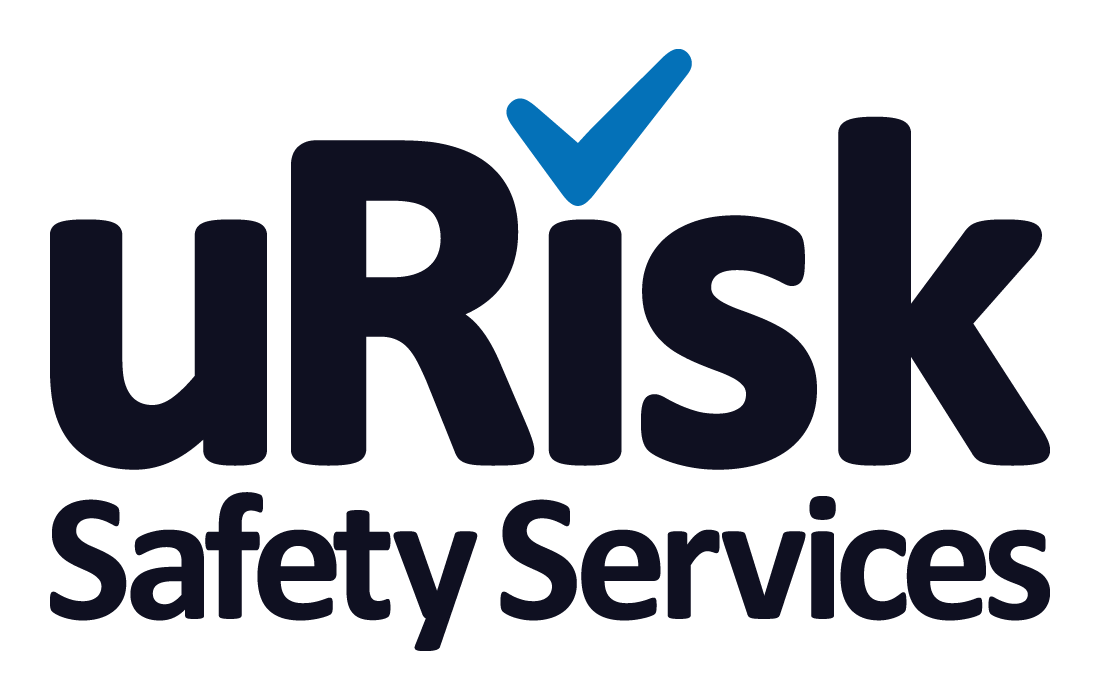No Results Found
The page you requested could not be found. Try refining your search, or use the navigation above to locate the post.
How Do Spa Pools Present A Risk Of Legionella?
‘Spa pool’ is a catch-all term for what people call hot spas, hot tubs, whirlpool spas and portable spas. As with any water system in a commercial setting, spa pools present duty holders with a number of responsibilities – according to the requirements of the Health and Safety Executive (HSE), duty holders must ensure that sources of risk are identified, that steps are taken to prevent or control those risks, and that accurate records are kept of any actions.
What are the risks associated with spa pools?
Spa pools could have been designed to provide the legionella bacteria with an environment in which they can thrive – water that’s between 30oC and 40oC, with bubbles and air jets that produce aerosol droplets that bacteria move around in. Aerosol droplets can easily be inhaled by people using the spa pools as well as by people passing by the pools. In a previous blog we highlighted a Legionnaires’ disease outbreak that affected visitors to a flower festival in 1999. No one used the spa pool that was at the centre of the outbreak – all those infected had simply been walking past it. In total 163 people were hospitalised with the disease and 21 people died.
Since then there have been other outbreaks originating in spa pools around the world in hotels, in holiday homes, on cruise ships, and in leisure centres. Which is why it’s so important to manage the risks.
Managing spa pool safely
It’s not enough to simply chemically disinfect the water. A spa pool will need draining and cleaning after a number of bathers have used it, or after a certain period of time. Puddles of warm water cannot be allowed to accumulate around the spa pool – these puddles will provide the right temperature for legionella and will collect the organic matter needed to feed it.
Therefore Staff training needs to be carried out in order to make sure everyone understands the importance of hygiene in and around spa pools, as well as the shower facilities that guests will use after they’ve been in the pool.
A legionella risk assessment must be carried out by the duty holder, responsible person or a specialist company, and water testing and analysis needs to be carried out on a regular basis.
The HSE has published a spa-pool checklist (p.52 of ‘The control of legionella and other infectious agents in spa-pool systems’ document) so you can ensure that the appropriate measures are in place to control and manage any risk of infection from the spa-pool system and other sources of risk that are associated with it.
Alternatively, if you would prefer to outsource the management and testing of your spa pool system to our specialist experts, contact us to book a risk assessment.
Legionella and Water Hygiene Blog Posts
What Is a Legionella Course, and What Does It Entail?
Training courses are an important part of any job, and not just as a way of enhancing your professional skills. Under health and safety law, learning how to keep your staff and visitors safe is a vital part of your business responsibilities, and legionella courses are...
Essential Legionella Course: Prevention and Control Strategies
Under UK health and safety law, the management and control of legionella is an essential part of the duties of building owners, duty holders, facilities managers, employers or responsible persons. It is a duty holder’s responsibility to ensure there are adequate...
Certified Water Chlorination Courses: Your Path to Water Safety
Chlorination is an important part of cleaning and disinfection in cold water systems. But chlorine needs extremely careful handling, so any legionella disinfection course must include a basic understanding of chlorination chemistry, chlorination methods and chlorine...



